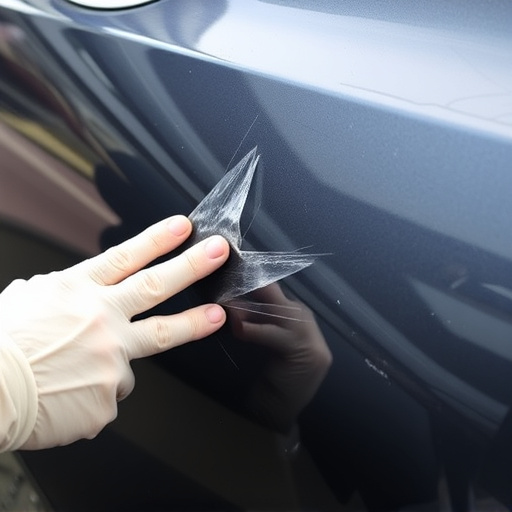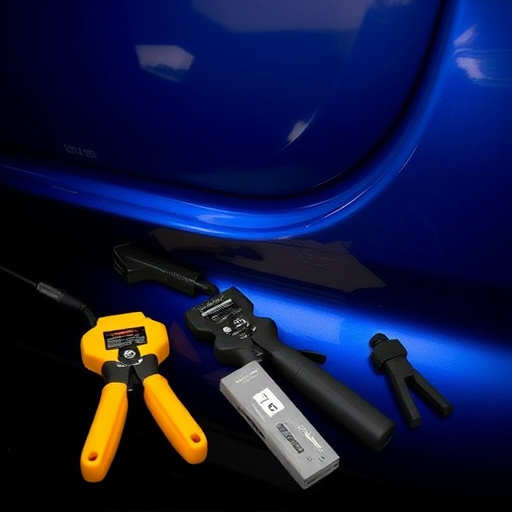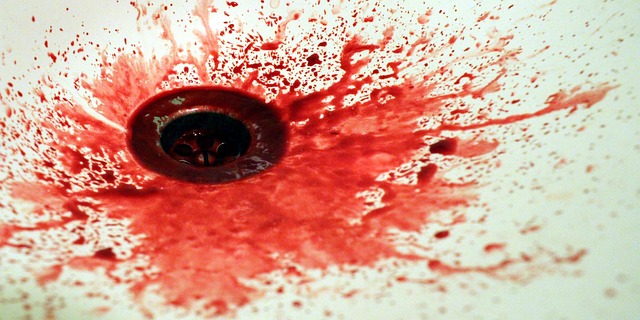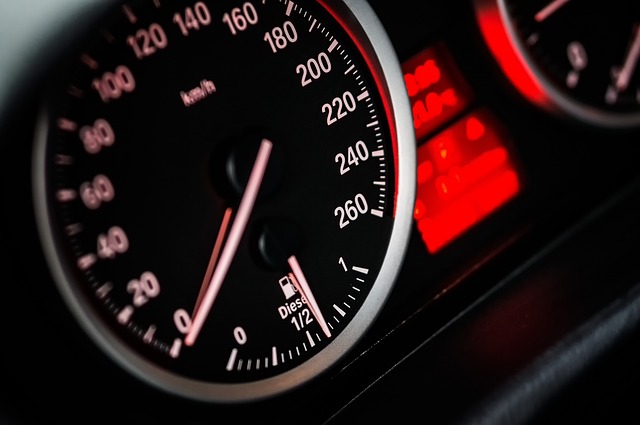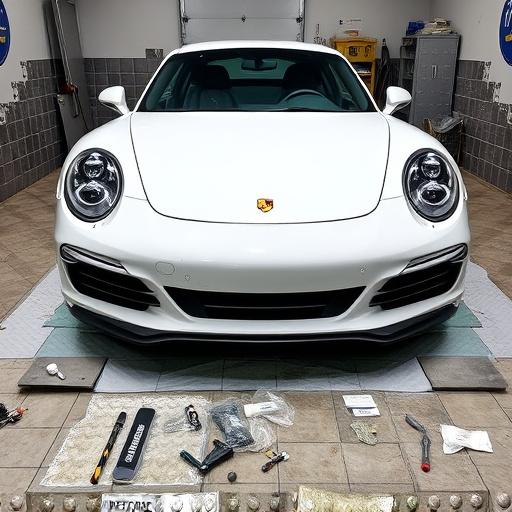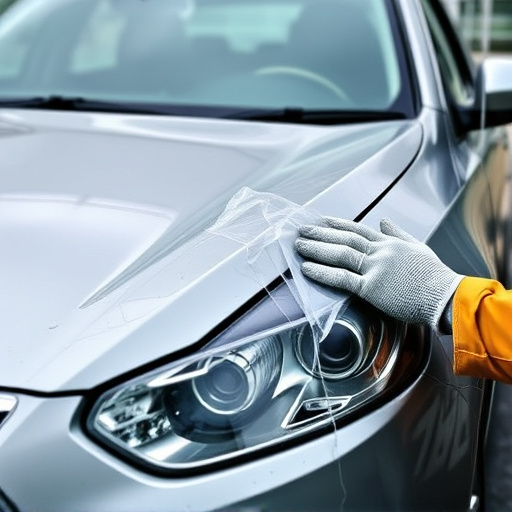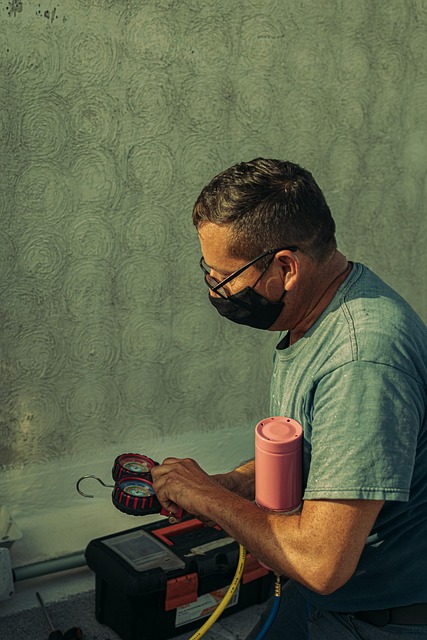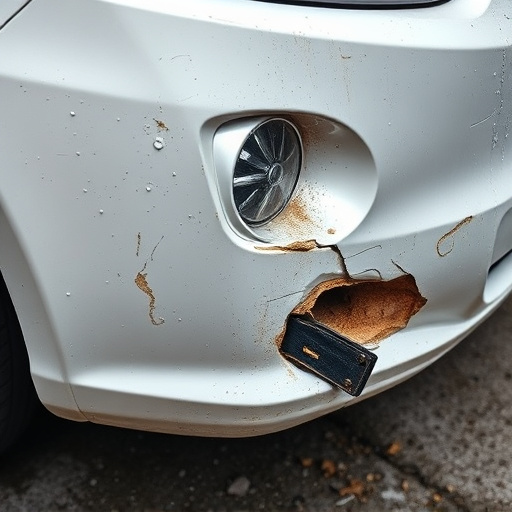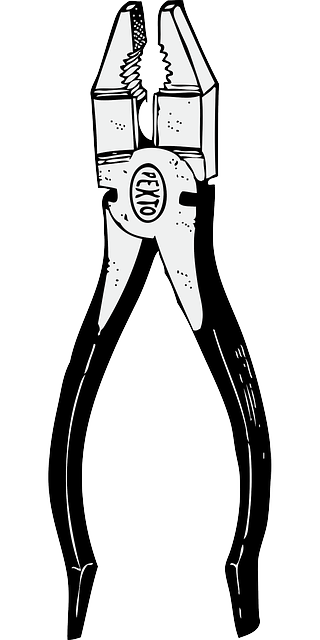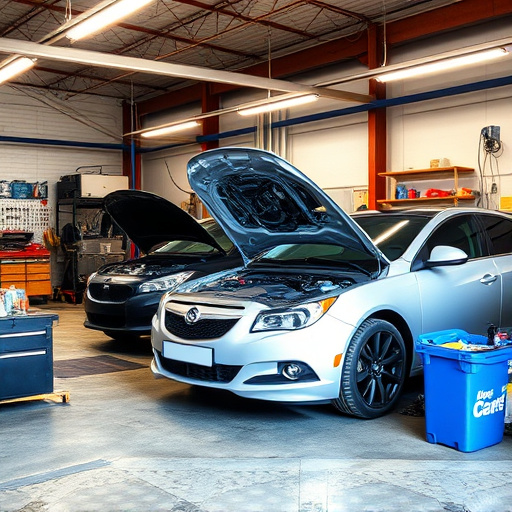Crash damage repair inspections are crucial for safely restoring vehicles post-accident. Advanced technologies like 3D scanning and thermal imaging detect even subtle hidden damages, enhancing accuracy over traditional methods. This innovative approach, known as Hidden Damage Detection (HDD), saves time and resources while ensuring comprehensive, data-driven repairs, boosting safety and vehicle longevity, and fostering trust among stakeholders.
In the realm of crash damage repair, meticulous inspections are paramount for ensuring safety and structural integrity. This article delves into the intricate world of hidden damage detection, a game-changer in modern crash damage repair inspections. We explore the evolution from traditional assessments to advanced techniques that reveal subtle yet critical defects. By understanding these methods, we uncover benefits that enhance repair precision, efficiency, and customer satisfaction, reshaping the landscape of crash damage repair practices.
- Understanding Crash Damage Repair Inspections: The Initial Assessment
- Traditional vs Advanced Detection Techniques: Unveiling the Discrepancies
- Benefits and Implementation of Hidden Damage Detection in Crash Repairs
Understanding Crash Damage Repair Inspections: The Initial Assessment

Crash damage repair inspections are a critical step in ensuring that vehicles involved in accidents are safely and effectively restored to their pre-crash condition. The initial assessment stage involves a thorough examination of the vehicle by trained professionals who use their expertise to identify visible and potential hidden damage. This meticulous process includes evaluating every part of the car, from the exterior panels like fenders and doors to the intricate inner components. By employing advanced techniques and tools, inspectors can detect even subtle deformities or misalignments that may not be immediately apparent.
This initial assessment is crucial for accurate car body repair because it determines the extent of the damage. For instance, while a fender repair might seem straightforward, hidden damage to underlying structures could complicate the process. Skilled inspectors are adept at navigating these complexities, ensuring that each component is examined holistically rather than in isolation. This comprehensive approach guarantees that clients receive reliable car repair services that restore their vehicles to optimal condition.
Traditional vs Advanced Detection Techniques: Unveiling the Discrepancies

In the realm of crash damage repair inspections, the evolution from traditional to advanced detection techniques has been a game-changer. Traditional methods, often reliant on manual examinations and basic tools, could miss subtle yet critical discrepancies hidden beneath the surface. These include intricate paint flaws, misaligned panels, or underlying structural damage not immediately apparent to the naked eye.
Advanced detection techniques, on the other hand, leverage cutting-edge technology like 3D scanning, thermal imaging, and specialized software. These tools provide a deeper, more precise analysis of vehicle dent repair and car damage repair sites, unearthing hidden issues that might otherwise go unnoticed. By enhancing the accuracy and efficiency of inspections, these advancements streamline the crash damage repair process, ensuring comprehensive auto painting solutions that not only restore aesthetics but also structural integrity.
Benefits and Implementation of Hidden Damage Detection in Crash Repairs

Hidden Damage Detection (HDD) offers a multitude of benefits for crash damage repair inspections, revolutionizing the way auto body services and vehicle repair are conducted. By employing advanced technologies like thermal imaging, 3D scanning, and ultrasonic sensors, HDD can uncover latent damages that might be invisible to the naked eye. This capability is crucial as it ensures comprehensive repairs, enhancing safety and vehicle longevity. With HDD, repairs go beyond surface-level car paint repair; it identifies structural integrity issues, hidden cracks, and metal deformities, all of which are essential considerations in crash damage scenarios.
Implementing Hidden Damage Detection streamlines the inspection process, saving time and resources while maintaining high standards. It enables vehicle repair specialists to make data-driven decisions, facilitating accurate repairs tailored to each incident’s unique challenges. Moreover, HDD provides a level of transparency that builds trust between repair shops, insurance providers, and clients, fostering a culture of accountability in crash damage repair.
In the realm of crash damage repair, advanced hidden damage detection techniques are revolutionizing initial assessment processes. By transcending traditional methods, these innovative approaches ensure comprehensive and accurate evaluations. This not only enhances safety but also optimizes repair efficiency, ultimately benefiting both repair facilities and vehicle owners. Adopting these advanced techniques is a game-changer in the industry, fostering higher standards of precision and quality in crash damage repair inspections.
